We ordered the OnePlus 5 in the morning, and just five hours after receiving the smartphone, I must say that the delivery was incredibly fast.
Well, let’s take a look at the specifications of this OnePlus 5
Qualcomm Snapdragon 835 (Octa-core (4x 2.45 GHz Kryo and 4x 1.9 GHz Kryo)
5.5-inch AMOLED capacitive touchscreen, 16M colors, 1920 x 1080 (~401 PPI)
6GB RAM, 64GB ROM
Rear camera: Dual 16 MP, f/1.7 + 20 MP, f/2.6, phase detection autofocus, 1.6x optical zoom, dual-LED flash
Front camera: 16 MP, f/2.0
Dual Nano-SIM
Oxygen OS based on Android 7.1.1 Nougat
We also disassembled the OnePlus 6 and OnePlus 5T. Please click the link to access its teardown.
Powered off the OnePlus 5 and removed the SIM card tray.
Use a T1 screwdriver to remove the two screws near the USB Type-C port.
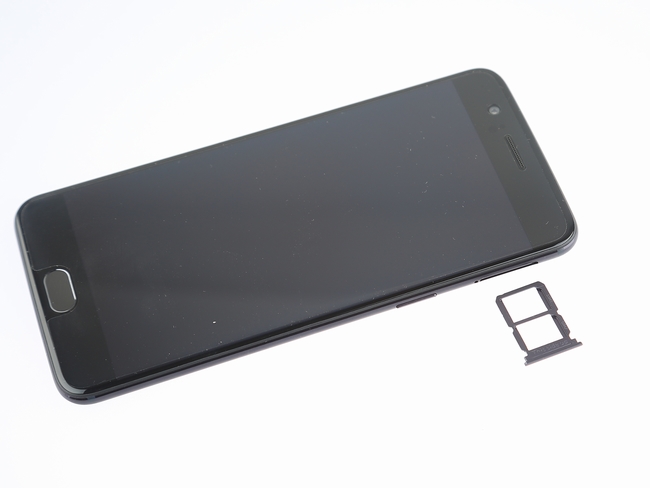
I tried using a suction cup to remove the back cover, but was unsuccessful.
I insert a crowbar between the back cover and the body and slide it along the display edge to remove the back cover from the body.
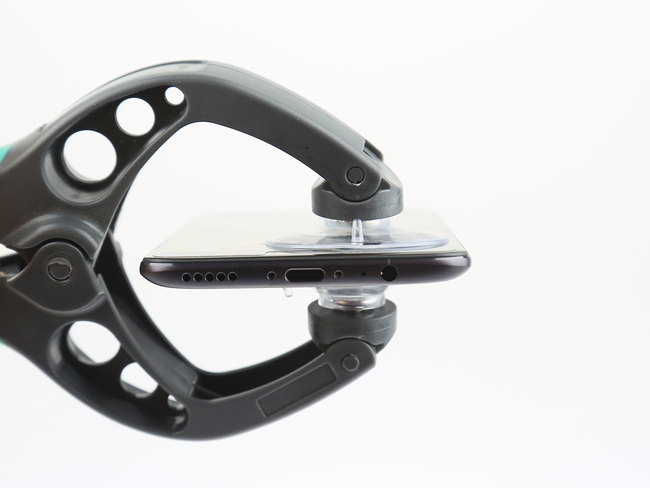
After opening the back cover, you cannot remove it in this step because a cable is still connected to the motherboard.
Remove the screw securing the metal plate, which is used to secure the battery connector and the USB Type-C cable.
Disconnect the battery connector first, and then disconnect the USB Type-C cable.
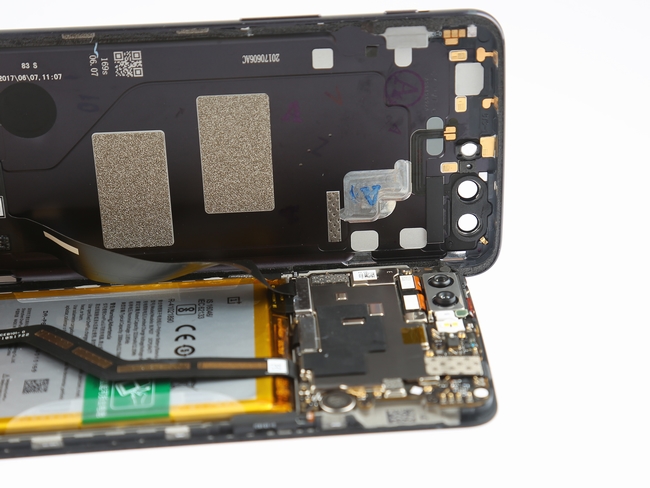
The OnePlus 5 features an all-metal unibody back cover and employs large-area nano-injection molding antenna technology to ensure excellent signal coverage.
We can see that the USB Type-C port and headphone jack are secured on the back cover, and there are many metal contacts on the back cover.
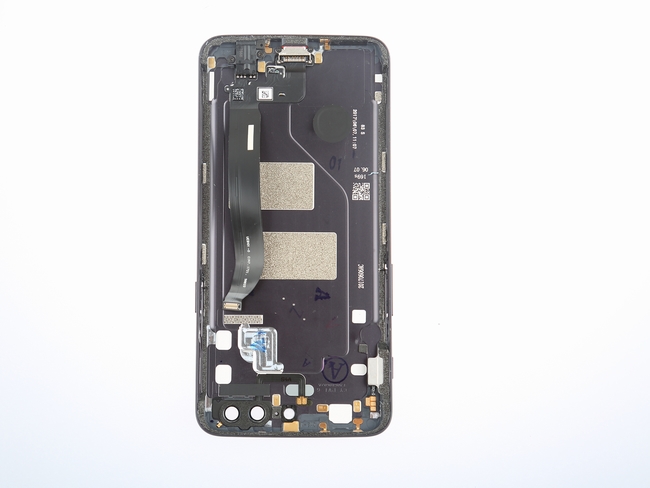
Remove the four screws securing the USB Type-C port and headphone jack.
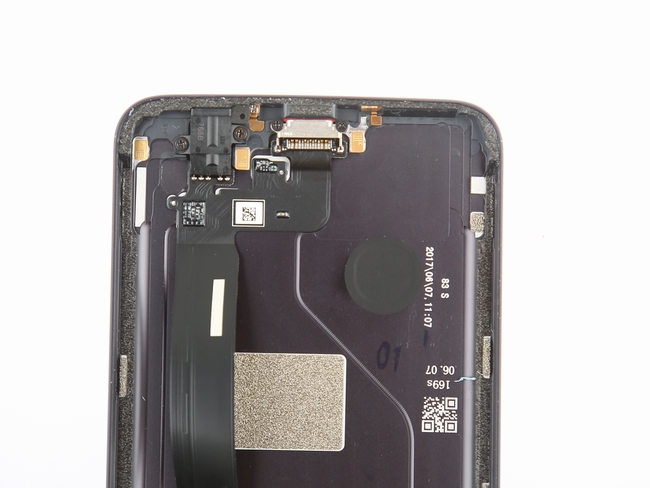
The USB Type-C port and headphone jack module are noticeably different from those of the OnePlus 3T.
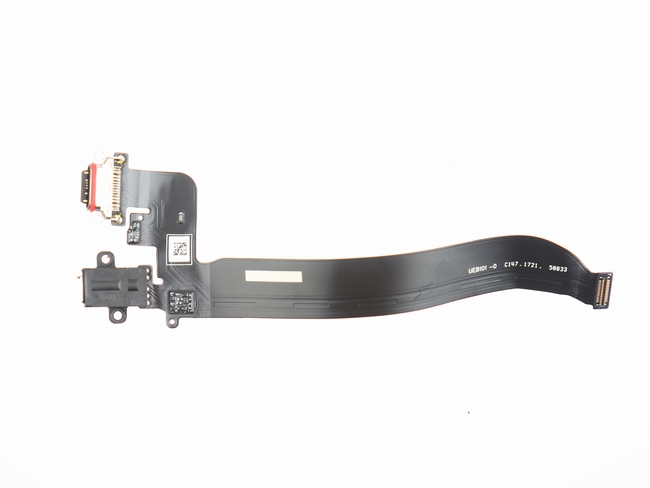
The upper left corner is the three metal contacts of the power switch. The middle black cable is the NFC module.
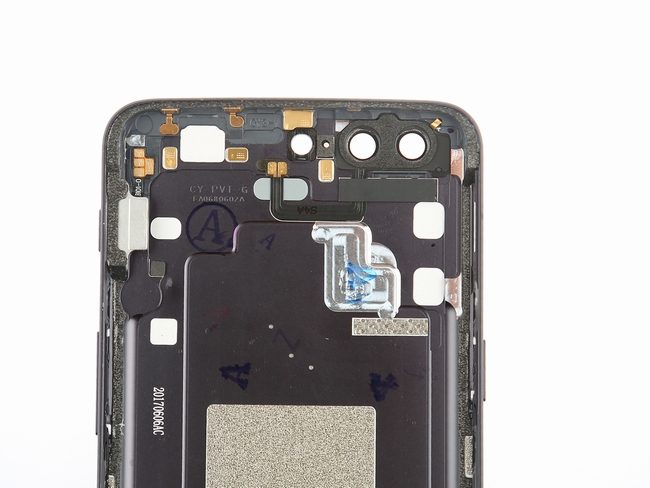
The OnePlus 5 still features the classic three-stage design. The upper part is the motherboard, the middle part is the battery, and the lower part is the loudspeaker module.
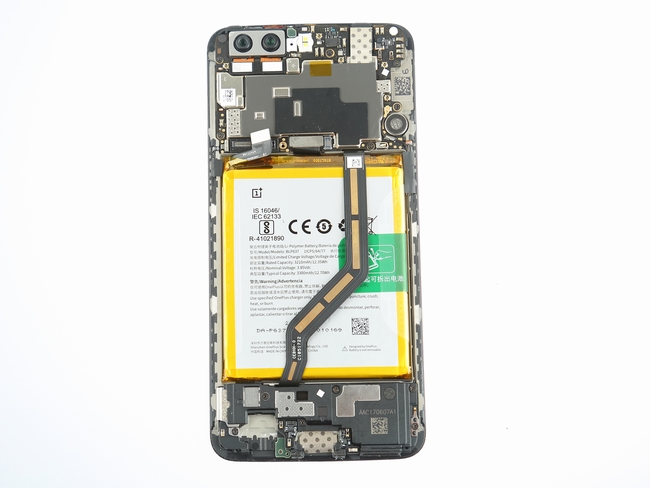
Remove all screws securing the motherboard.
We can see the metal shield covering a layer of graphite stickers.
The battery and motherboard are not covered with graphite stickers, unlike many smartphones, which use graphite stickers to cover the motherboard and battery.
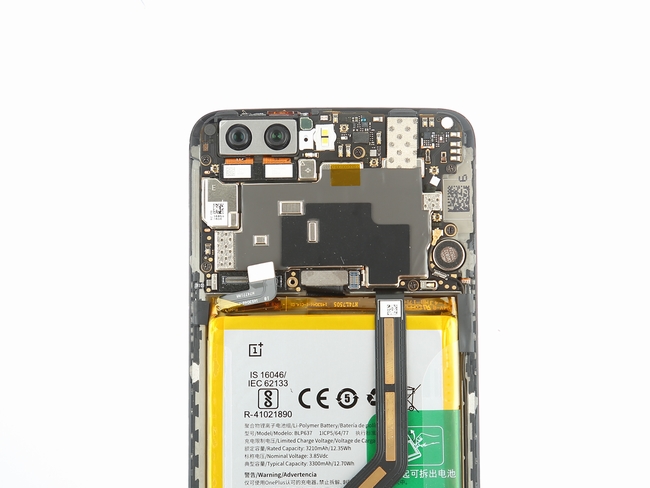
Lift and disconnect the sub-board cable from the motherboard.
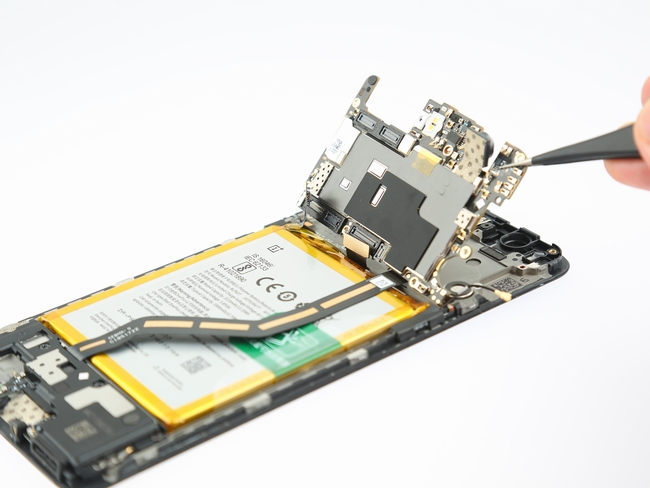
We can easily remove the rear camera because there is no double-sided adhesive.
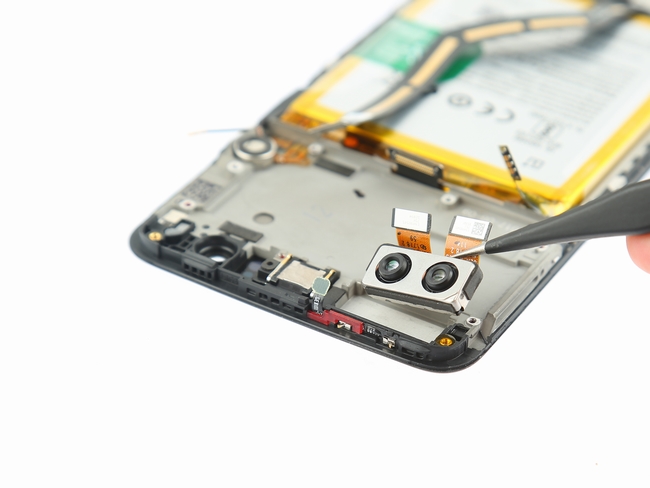
Front camera: Sony IMX371, 16 MP, f/2.0
Rear camera: Sony IMX398 16 MP, f/1.7 wide-angle camera, Sony IMX350 20 MP, f/2.6, 1.6x optical zoom camera
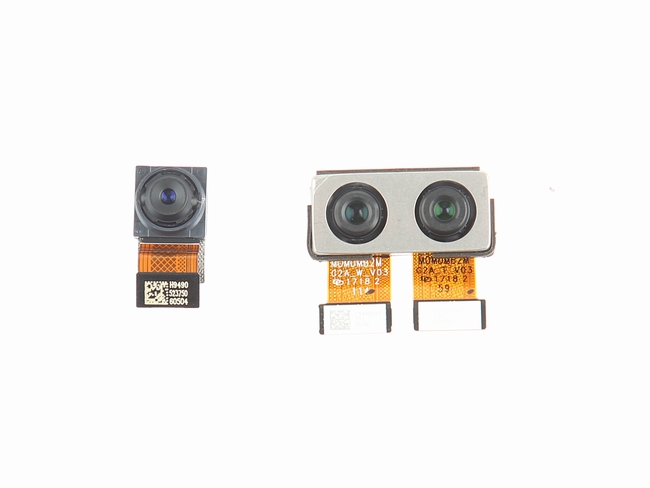
The microphone is secured on the body with glue and can be easily removed.
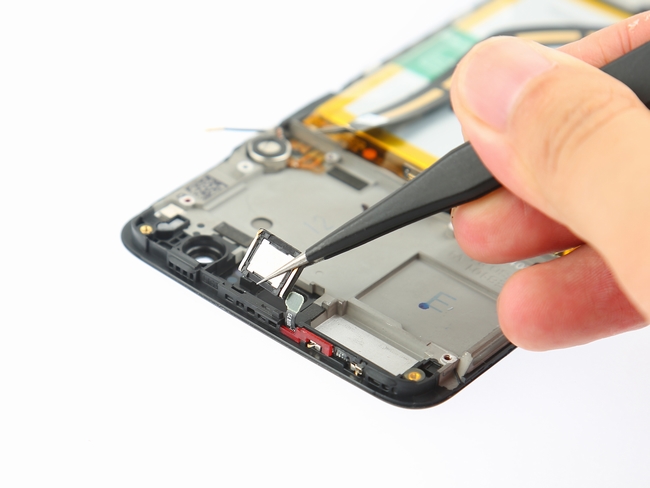
Remove the eight screws securing the loudspeaker module.
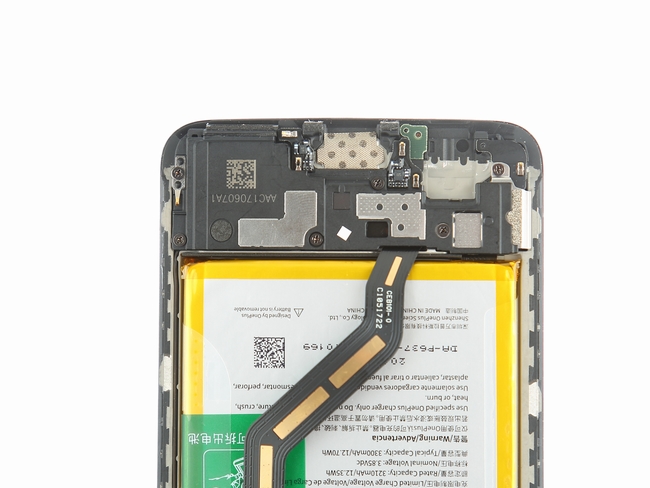
Remove the loudspeaker module.
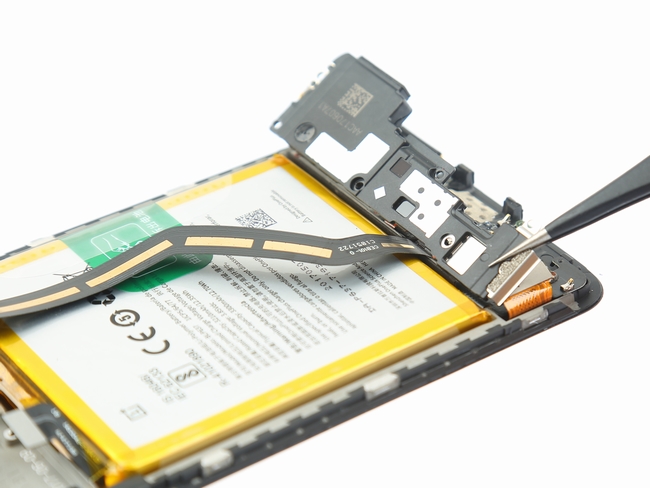
The sub-board is very thin and glued to the body, making it difficult to remove.
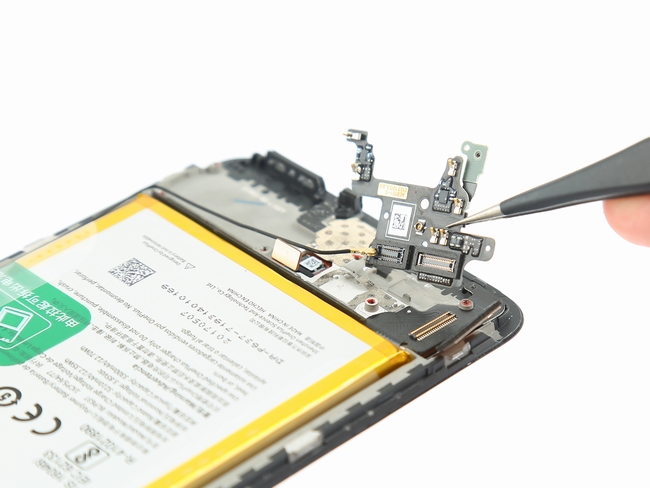
Uncover the adhesive tape on both sides, then pull the green tape to remove the battery.
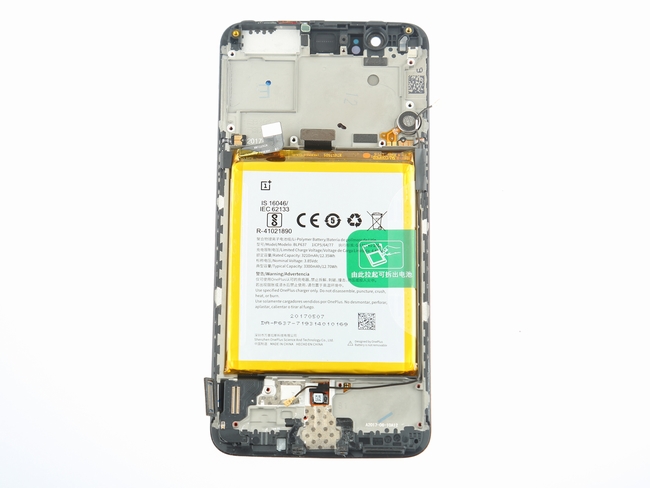
You can see two double-sided adhesives on the underside of the battery.
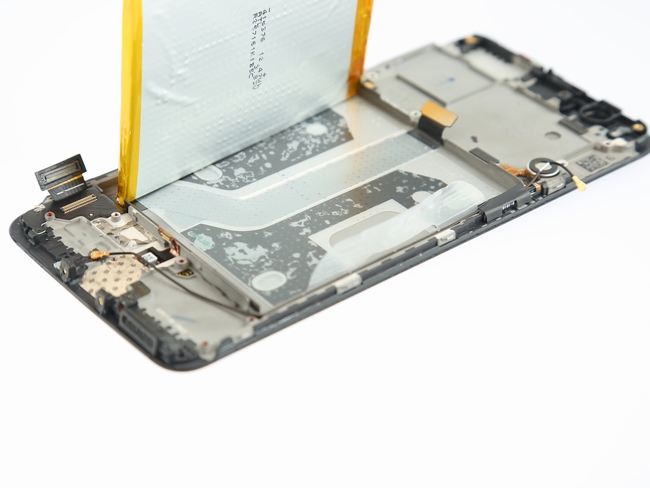
The OnePlus 5 features a 3300mAh Li-Polymer battery with the part number BLP637. It is worth mentioning that the OnePlus 5 did not upgrade the fast charge capabilities; it still comes with a 20W charger.
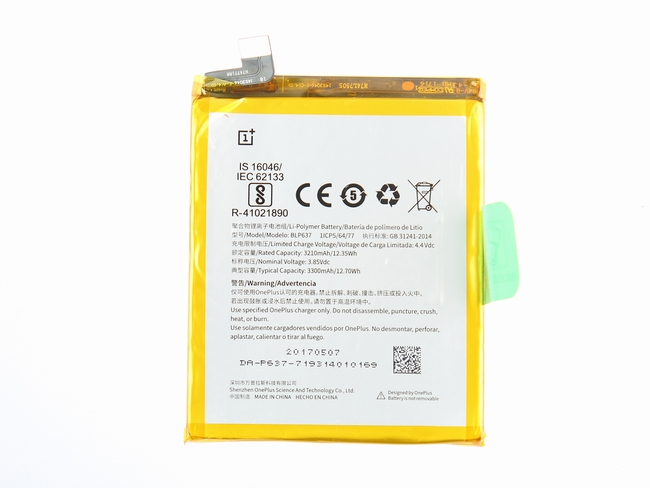
The battery cells come from ATL.
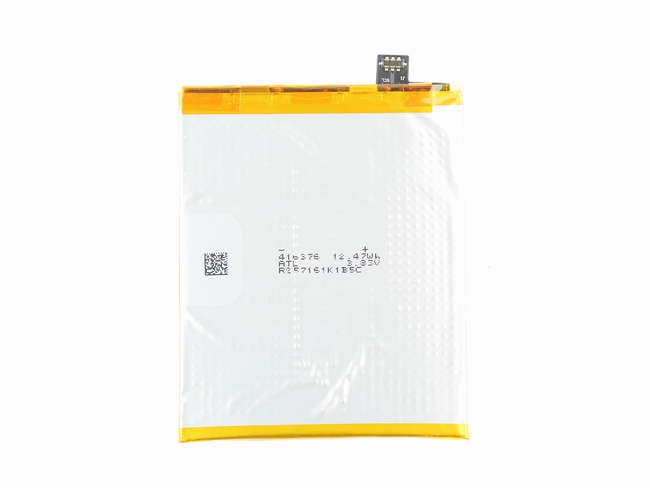
As the metal shield is directly welded to the motherboard, we can not access its chips.
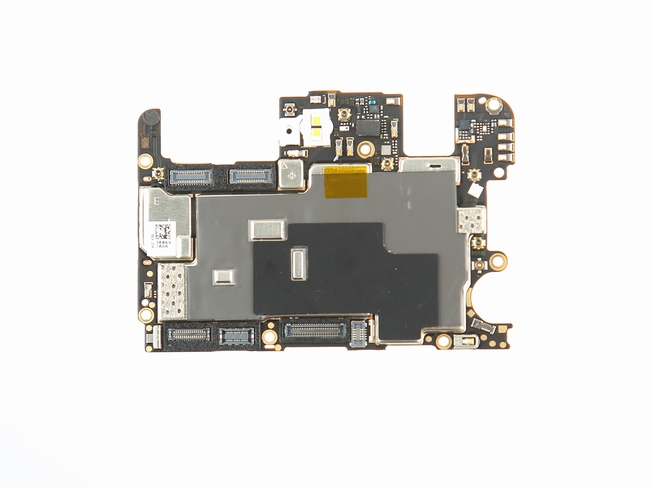
According to the teardown process of the OnePlus 5, the internal structure of this smartphone uses a systematic sealing design, including sealed treatment at the USB-C port. The back cover also uses foam for sealing. Other internal parts have also adopted the sealing design. Among all the smartphones I have disassembled, only products from manufacturers such as Apple, Samsung, OPPO, and vivo have adopted such strict sealing designs, with reinforced corners on the back cover. Even so, there are still some weak points in the internal design of the phone: its connectors are not secured with metal plates, and the camera connectors are prone to loosening.


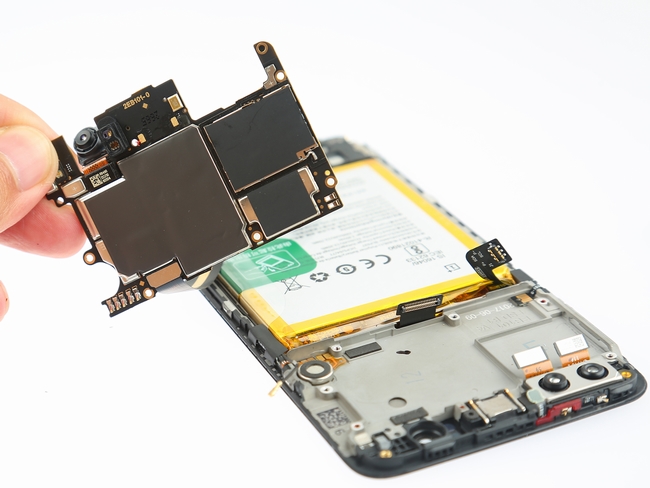
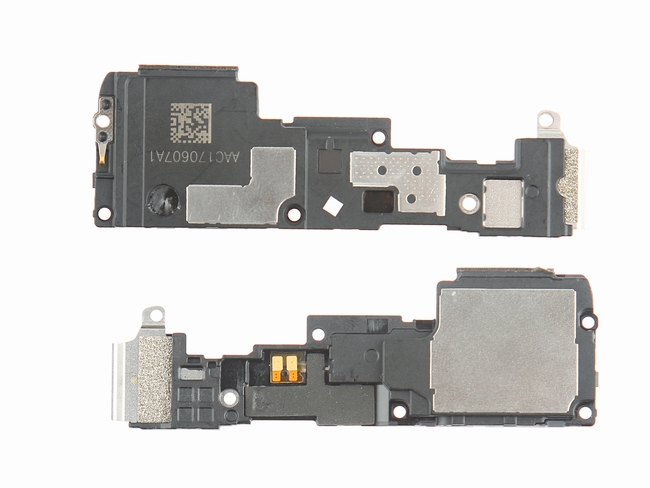
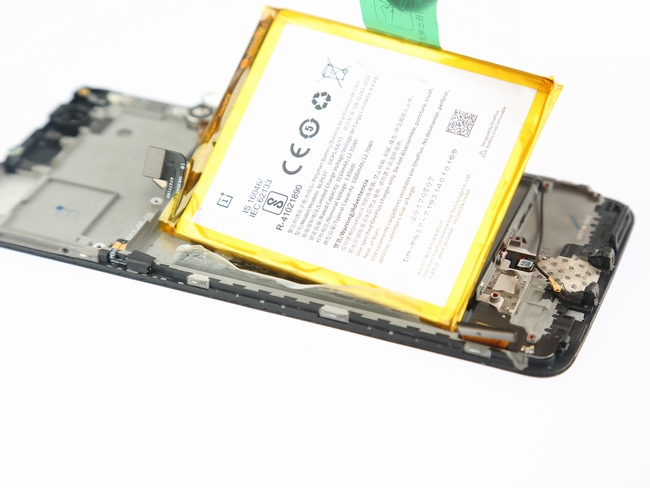
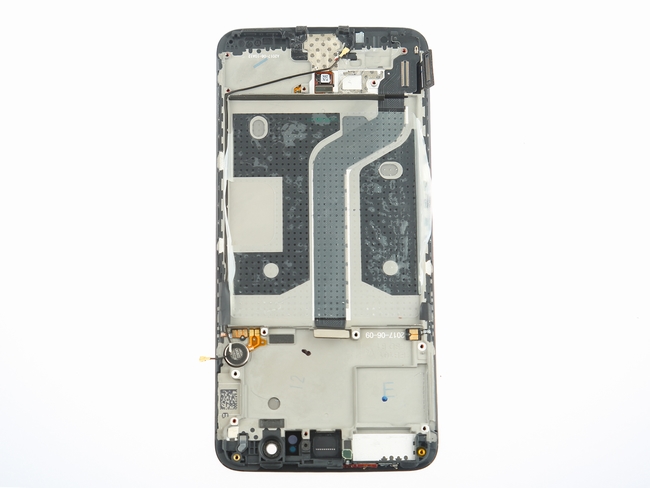
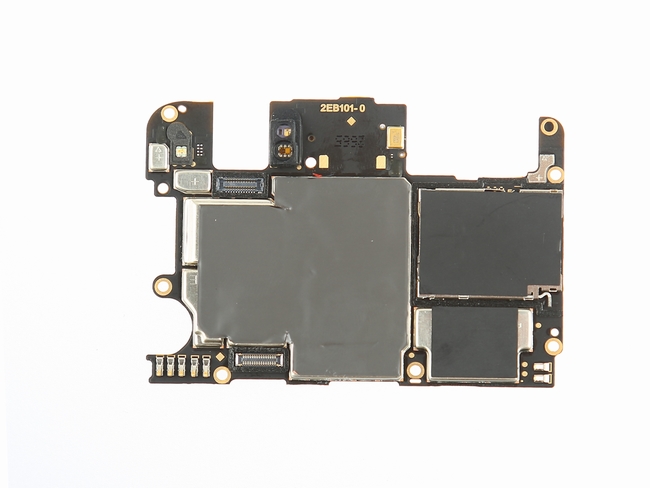
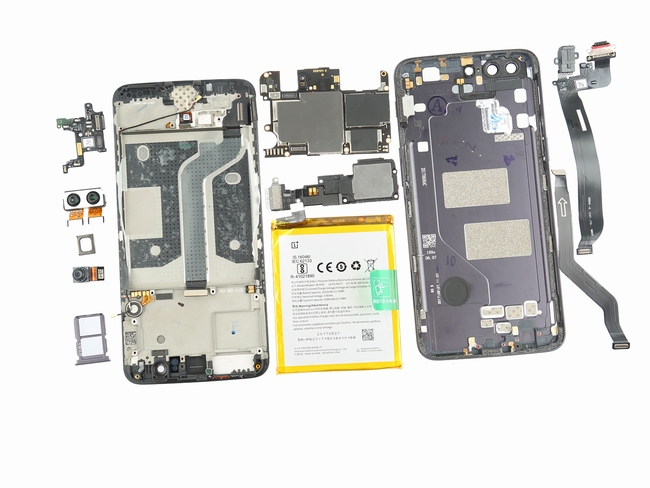
Hi, good details on the phone’s construction. Could you tell me how good the phone is and how it compares to the OnePlus 3T?
Thanks
Saura
There is a problem with my OnePlus 5. The call volume is so low. Even after I tried to upgrade the software, it’s still the same. Using volume apps does not help. It could be a hardware issue, but I’m not sure.
Is there any way to change the call speaker, or do you have any idea how to solve the issue? I never found a way to download the previous version on their website.